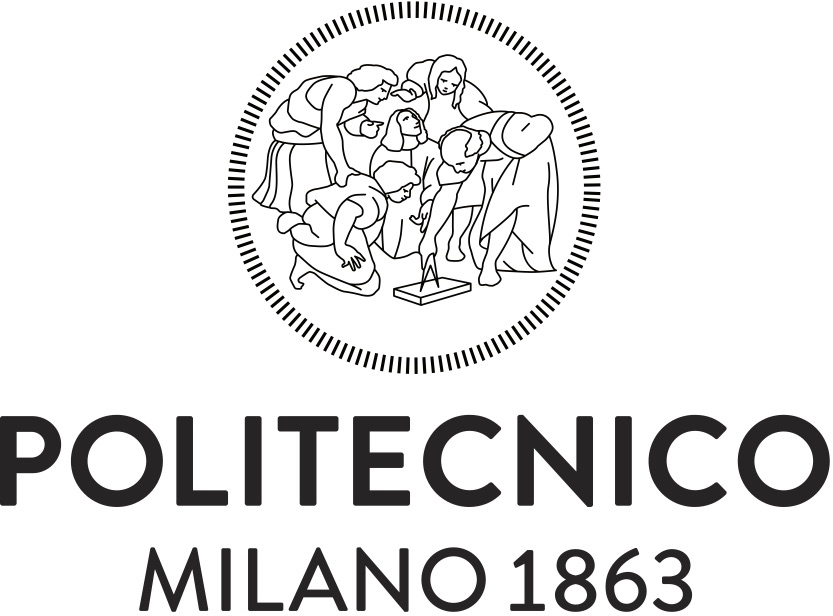It’s with great pleasure and also some pride that I’m announcing that the Interaction Flow Modeling Language (IFML) has been adopted as a standard by OMG during the technical meeting held in Reston, VA this week.
 The OMG standardization process is not an easy one, but IFML went through it all the way down to adoption. Initially our initiative was seen with some skepticism and suspicion by the big guns of software design, system design and system architectures in OMG. User interaction was (and still is) seen as a side or minor issue in such development scenarios. Actually, this is probably true in design of such mega-systems, where the focus is multi system integration and evolution, with most attention (an money) going into military, embedded, and crowss-government integration.
The OMG standardization process is not an easy one, but IFML went through it all the way down to adoption. Initially our initiative was seen with some skepticism and suspicion by the big guns of software design, system design and system architectures in OMG. User interaction was (and still is) seen as a side or minor issue in such development scenarios. Actually, this is probably true in design of such mega-systems, where the focus is multi system integration and evolution, with most attention (an money) going into military, embedded, and crowss-government integration. However, I dare to say that finally IFML was regarded with respect and positive attitude by all the people that got informed about it (and actually they have been quite a lot, as I managed to keep pushing it meeting after meeting with everybody I managed to talk to.
This last month has been very hectic for IFML. We had to work at the specification document, at the implementation of the tool, at the code generation prototype and at the integration with the fUML interpreter.
And finally, we received the official review comments of the OMG Architecture Board (AB). The reviews were very positive, and I was particularly please because they were coming from UniSys and IBM board members.
 |
| The Architecture Board of the Object Management Group discusses IFML in Reston, VA. |
I must say I was surprised by the enthusiasm we raised. At the ADTF the two voting phases both collected unanimous approval, with almost no criticisms. And unanimity was reached also at the adoption vote at the Architectured Board. I dare to say IFML has been one of the fastest approvals cycles that OMG ever saw. The pre-voting comments from UniSys and IBM were literally two words each: “ship it!” and “thumbs up!” respectively. Very encouraging!
 |
| The transparency proposing the IFML Finalization Taskforce (then extended with people from SparxSystem and 88Solutions). |
Anyway, the most important result was achieved this week and it’s something we all at WebRatio and Politecnico should be proud about.
I’m not going to go through the technical content of the standard in this post, we will have time for that later on (if you want to get a sneak peak on the specification, you can see this post). This is instead the time for rejoicying and acknoledging the work of all the people that contributed to this result.
The list of contributors is huge. It starts with Piero Fraternali and Stefano Ceri, who started the WebML project (and the AutoWeb project before). Then it counts Aldo Bongio, Roberto Acerbis and Stefno Butti. And then all the people that for some time joined the WebML / WebRatio adventure.
IFML is the result and the aggregation of all the experiences that have been collected in academia and industry in these 15 years. And this includes all the work of the developers that implemented the WebRatio tool, the WebML analysts and designers that built so many large-scale industrial applications and made customers happy (and sometimes swear), and also thesis students, researchers and partners at Politecnico di Milano. I’m not going to name anyone here, because the list would be too long (I’ve estimated some 150 people contributing in these years).
Coming back to present, some people need to be mentioned again as direct contributors to IFML, primarily the co-submitters of the standard proposal: Model Driven Solutions (and here a big thanks goes to Ed Seidewitz), Softeam, Fujitsu, and also people at Politecnico that helped both in the writing of the proposal and in the implementation of proof of concepts, still ongoing, but also in the AtlanMod group at EMN, at Soluta.net, and others.
The final point I want to make now is that IFML is now an open specification and it’s on the lookout for implementors and users.
The WebML editor from WebRatio is already compliant with the notation of IFML, being WebML a more specific case of IFML. We are also implementing an open-source ECORE-based IFML editor, featuring proof of concept generation of Java UI, integrated with fUML interpreter for the backend business logic. And we are planning of supporting some UML tool implementor to help them cover the new IFML profile. If you are interested in implementing IFML at some level (UML profile, domain-specific graphical notation, or possibly a textual notation) and want to hav it mentioned in OMG, feel free to get in touch!
Related posts:
To keep updated on my activities you can subscribe to the RSS feed of my blog or follow my twitter account (@MarcoBrambi).



Great job!
Compliments